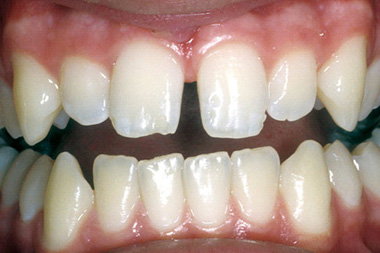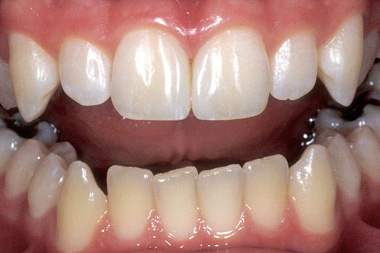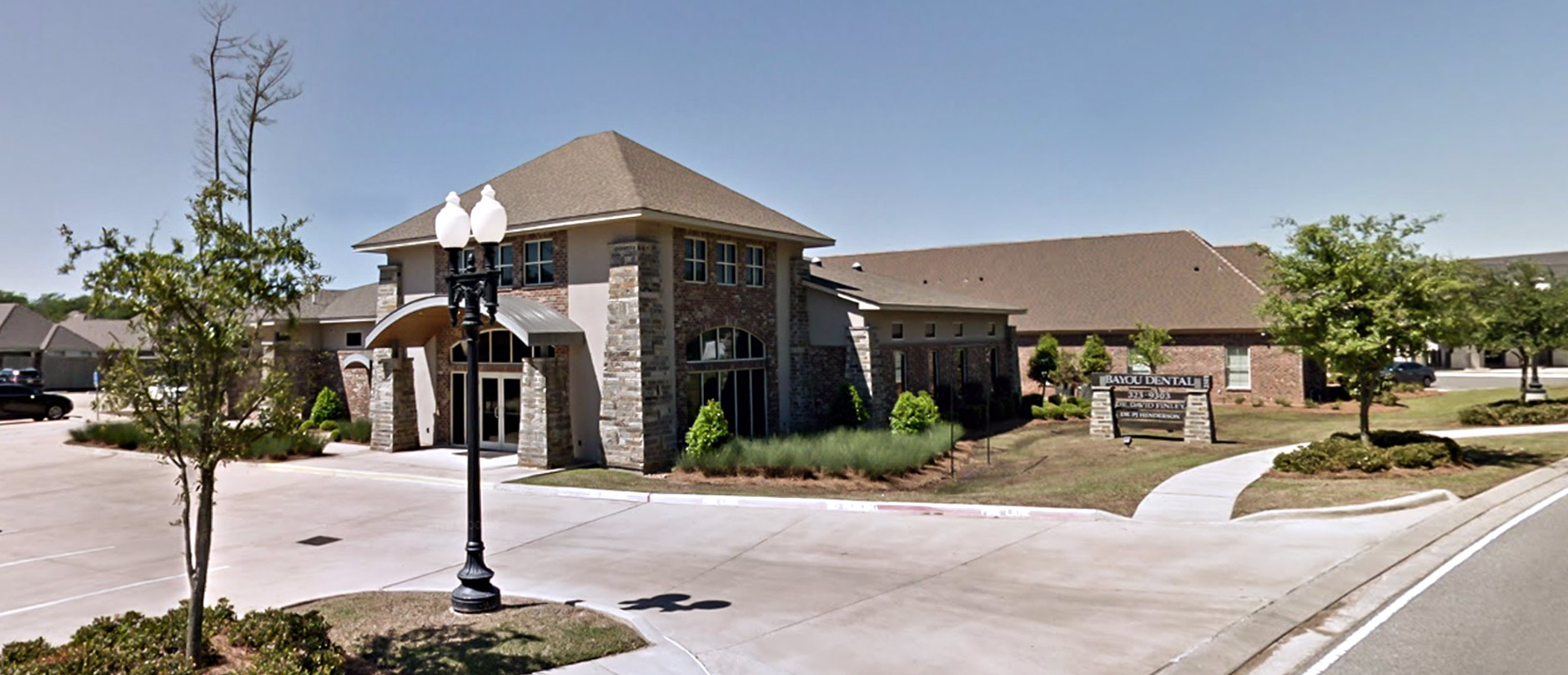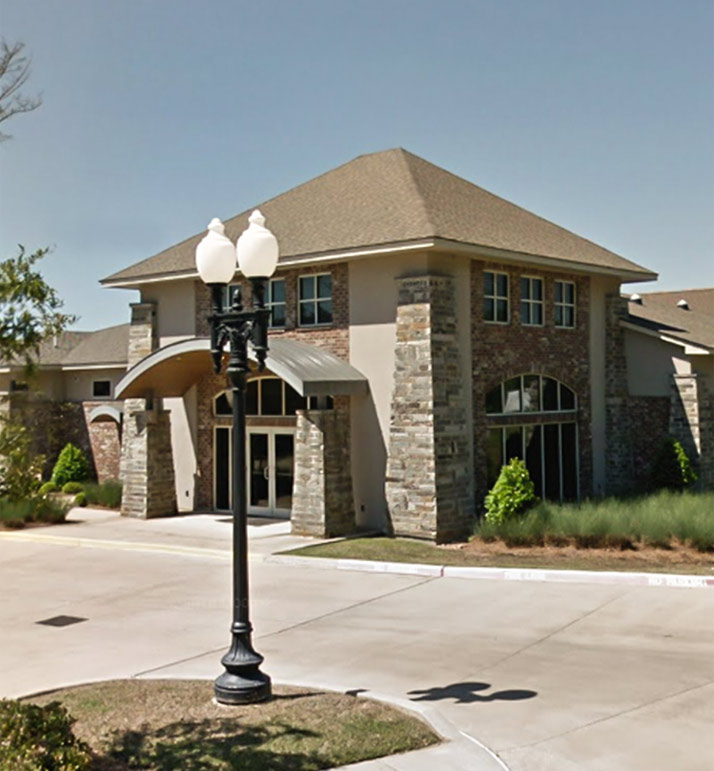If a chipped, discolored, or misshaped tooth is making you hesitant about smiling, dental bonding can beautifully restore it. Dr. Finley and Dr. Henderson use this technique to seamlessly conceal imperfections in teeth.
What Is Dental Bonding?
Composite dental resin consists of silica or quartz bound with a synthetic resin. Its properties are like natural teeth, and when it’s skillfully applied, people won’t be able to distinguish between the bonding and your natural tooth.
When Is It Used?
Although dental bonding is time-consuming and costly for use on extensive corrections, it’s often used to conceal minor imperfections in teeth, including:
- Chips
- Small gaps
- Minor fractures
- Discoloration
- Misshape
What’s the Process?
Dr. Finley or Dr. Henderson will apply dental bonding to your teeth in our office while you’re comfortably seated in a dental chair. It only takes one visit to complete most cases. You can relax as we do the following:
- Roughen the surface of the affected tooth, etch it, and apply a bonding agent
- Blend composite materials to precisely match the shade of your tooth
- Apply and shape the composite to conceal the imperfections in your tooth
- Harden and polish the bonding to a natural gloss
The Difference a Cosmetic Dentist Makes
Seamlessly matching your natural teeth with dental composite is an artistic challenge that not all dentists can meet. But Dr. Finley and Dr. Henderson are artists in cosmetic dentistry. Before restoring a tooth, they consider several factors to ensure the bonding looks like part of your natural teeth.
- Color – They carefully select the right shades of resin and blend them to mimic the variations of color and tint in your natural teeth.
- Characteristics – From the gumline to the edge, they sculpt the bonding to restore the shape, size, and characteristics of your teeth.
- Gloss and translucency – Gloss and translucency in teeth vary with each person. And there can be variations in a single tooth. Dr. Finley or Dr. Henderson will manipulate dental bonding to replicate the appearance of your natural teeth.
The photos below are an example of how dental bonding can be matched so well that you can’t see where the bonding begins or ends. It blends with the natural tooth.

BEFORE

AFTER
At Bayou Dental Group, we have the technology, tools, and materials in our office that are needed to produce lifelike results with dental bonding. When the process is complete, you won’t be able to distinguish the bonding from your natural teeth.
How to Preserve Your Dental Bonding
If you practice good oral hygiene, your dental bonding will last.
- Daily floss between your teeth.
- Brush your teeth with a soft toothbrush and non-abrasive toothpaste.
- Limit drinks that can stain bonding, including coffee, tea, and red wine.
- Avoid using your teeth to open hard or sharp objects.
- Ensure your teeth are cleaned and polished only by a dental hygienist who is trained to use the right techniques, tools, and polishing pastes on bonding. Otherwise, the surface can be damaged and attract stains.
If you’re interested in improving your smile with dental bonding, we can help. We welcome you to call us to schedule an appointment or request an appointment online.





